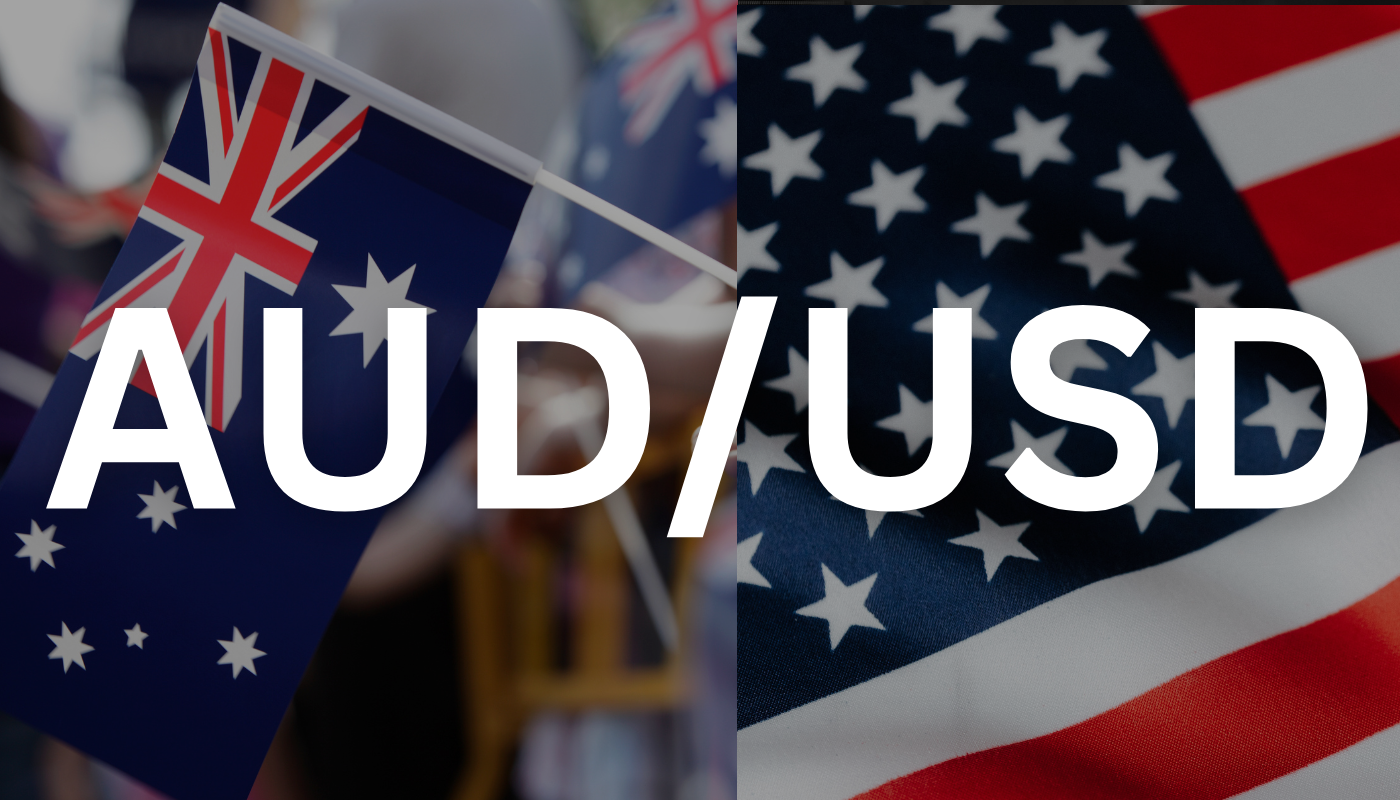The Australian dollar against the U.S. dollar, commonly referred to as AUD/USD, is one of the most actively traded currency pairs in the global forex market. Its appeal lies in the way it reflects broader economic forces such as global commodity demand, monetary policy shifts, and investor risk sentiment. Traders often view the pair not only as a reflection of Australia’s resource-driven economy but also as a barometer of global financial conditions.
To understand its behaviour, one must look at both the macroeconomic drivers that shape price action and the strategies traders employ to navigate its movements.
Understanding the AUD/USD Pair
The Australian dollar is widely recognised as a commodity-linked currency, heavily influenced by the nation’s reliance on exports of raw materials such as iron ore, coal, and natural gas.
This link creates a direct connection between global commodity cycles and the value of the Australian dollar. The U.S. dollar, by contrast, is the world’s reserve currency, serving as the backbone of global trade and a safe-haven asset during times of uncertainty.
When these two currencies are paired, their dynamics create opportunities for traders. The AUD/USD exchange rate often reflects shifts in global demand for resources, the divergence of monetary policies between the Reserve Bank of Australia and the Federal Reserve, and changes in appetite for risk across financial markets.
Historically, the pair has been known for periods of heightened volatility, which makes it attractive for both speculative traders and long-term investors seeking diversification.
Macro Drivers of AUD/USD
Commodity prices play a central role in shaping the direction of AUD/USD because Australia’s economic strength is built on resource exports. Iron ore, coal, and liquefied natural gas account for a large share of the national income.
Rising prices typically boost the Australian dollar by improving trade balances, while falling prices can weaken the currency. China, Australia’s largest trading partner, adds another layer of influence, as fluctuations in Chinese demand for raw materials ripple quickly through the currency markets.
Another major factor is monetary policy divergence between the Reserve Bank of Australia and the U.S. Federal Reserve. Interest rate differentials attract or repel global capital flows, influencing the strength of each currency. When the RBA takes a more hawkish stance relative to the Fed, higher yields in Australia tend to push the AUD higher. Conversely, aggressive tightening by the Fed often strengthens the USD and puts downward pressure on AUD/USD. Historical periods of rate divergence illustrate how closely this pair reacts to central bank decisions.
Risk sentiment also drives the pair’s performance. The Australian dollar is considered a “risk-on” currency that benefits when investors are optimistic about growth, while the U.S. dollar is favoured during times of uncertainty.
In periods of financial crises or global instability, AUD/USD often falls sharply as traders rush to the safety of the USD. On the other hand, when stock markets rally and global confidence improves, the Australian dollar typically gains ground.
Trading Strategies for AUD/USD
Fundamental strategies rely on monitoring macroeconomic factors such as central bank policies, commodity market forecasts, and key data releases. Traders who anticipate shifts in interest rate expectations or resource demand often position themselves ahead of announcements, seeking to capture larger directional moves.
Technical analysis offers another way to approach the pair. AUD/USD is known to respect historical support and resistance levels, making it suitable for traders who analyse price charts. Patterns such as channels or consolidations often provide clues to future moves, while indicators like moving averages, RSI, and MACD help refine timing decisions for entries and exits.
Because AUD/USD is prone to sharp swings, effective risk management is crucial. Using stop-loss and take-profit levels allows traders to protect capital and secure gains. Position sizing, particularly in leveraged accounts, helps reduce the risk of excessive exposure to sudden shifts in market sentiment or commodity prices that often correlate with the pair.
Challenges and Risks in Trading AUD/USD
While AUD/USD presents significant opportunities, it also carries risks. The pair is highly sensitive to global developments, from central bank surprises to geopolitical tensions. Unexpected changes in risk sentiment can create sharp and unpredictable moves. Low liquidity periods can widen spreads and increase volatility, making risk management even more important.
Conclusion
AUD/USD is more than a simple exchange rate—it mirrors global commodity demand, risk sentiment, and the policies of two influential central banks. Its behaviour is shaped by Australia’s export-driven economy, China’s growth trajectory, and the contrasting roles of the RBA and the Federal Reserve.
For traders, success requires blending macroeconomic insight with technical tools and disciplined risk control. Those who approach the market with a structured strategy and awareness of its drivers can better navigate the volatility and seize opportunities in one of forex’s most dynamic pairs.




